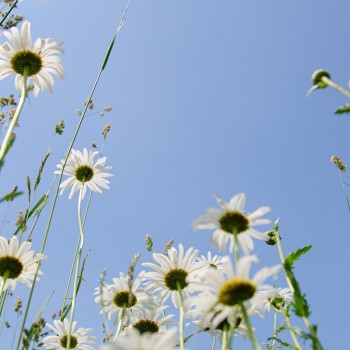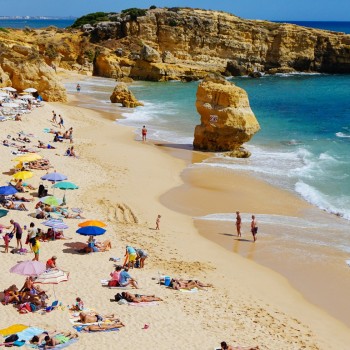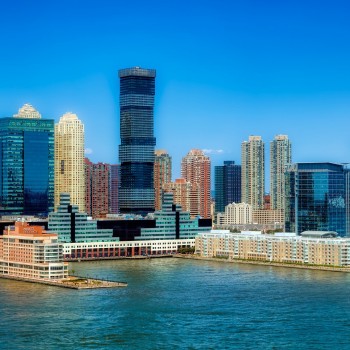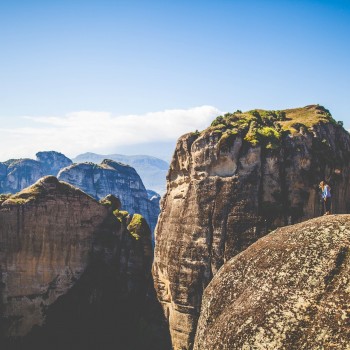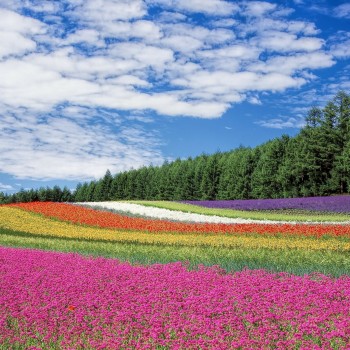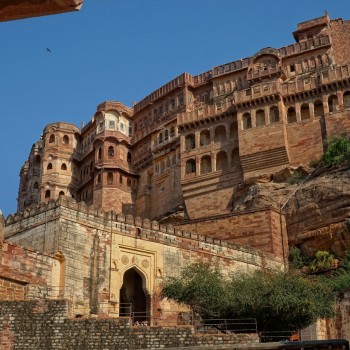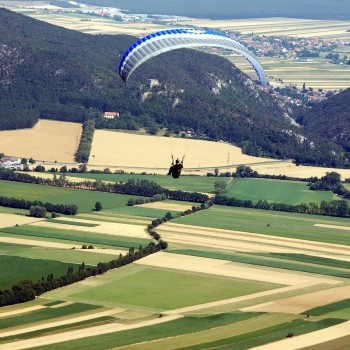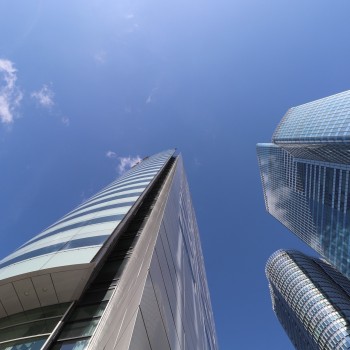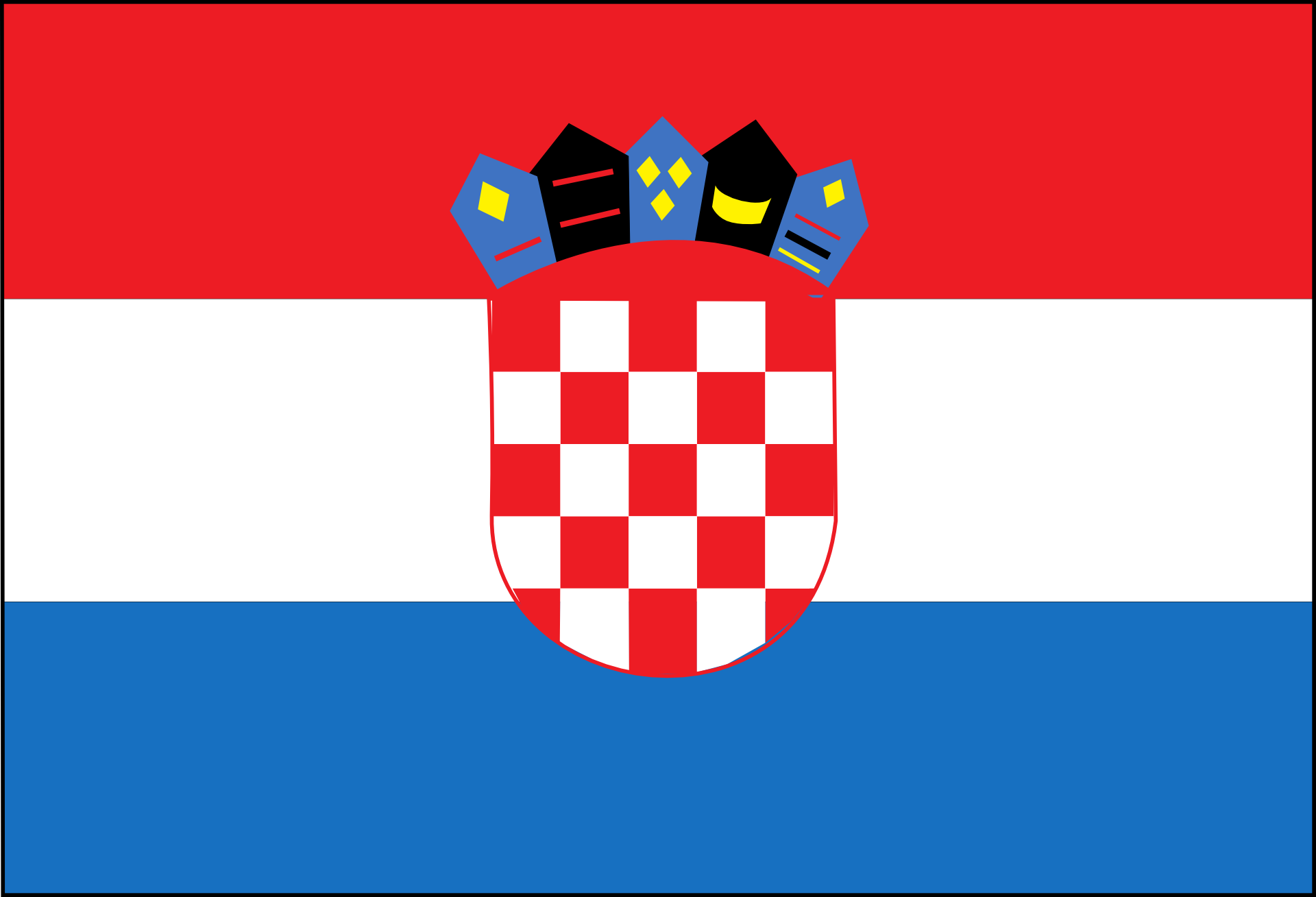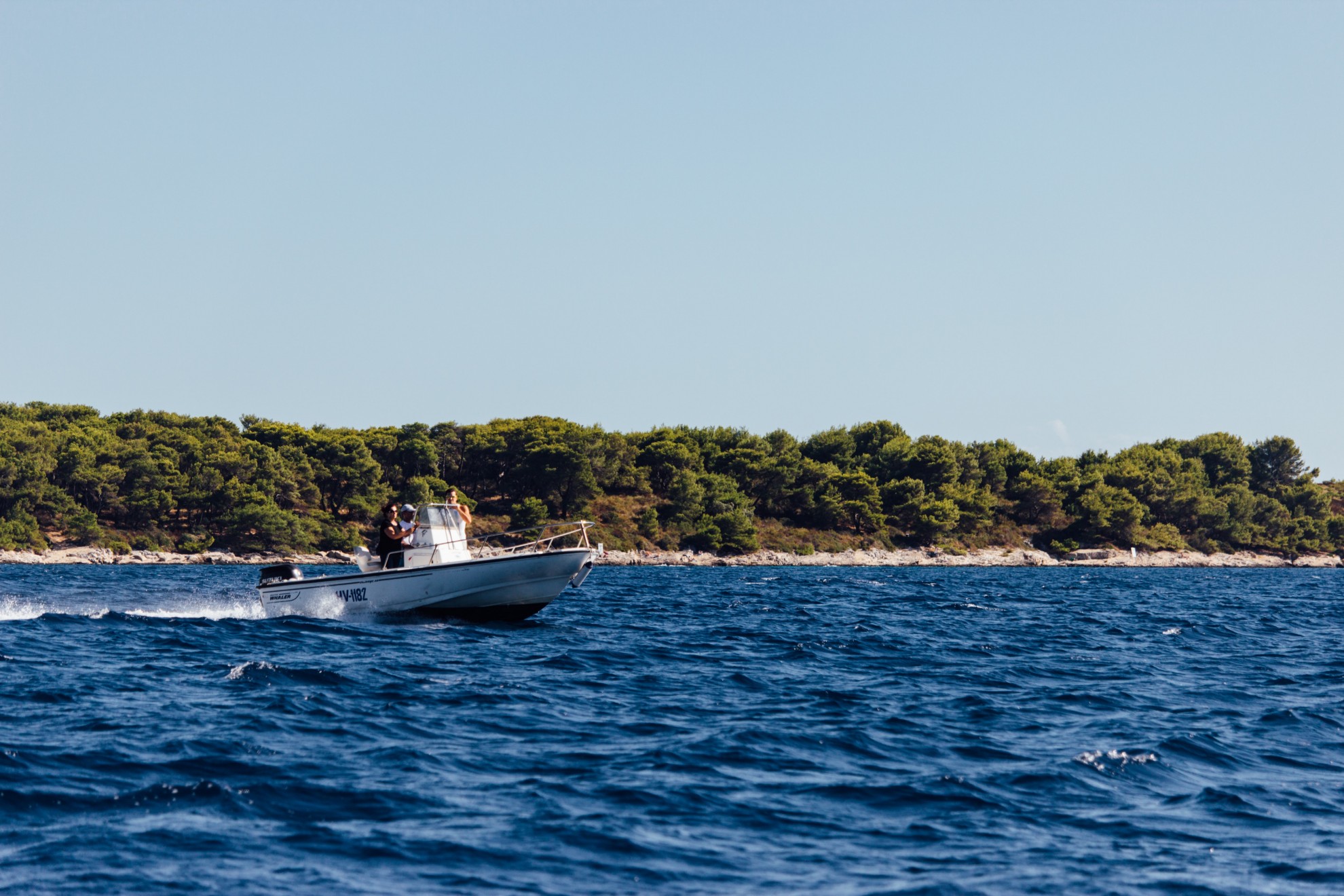Croatia
Croatia
Capital city description
The city of Zagreb is the capital of Croatia; it is located northwest of the country along the Sava River. Zagreb is the cultural, scientific, economic, political, and administrative epicenter of the Republic of Croatia. It is also home to the Parliament, the President, and the government. Additionally, there are numerous cafes, restaurants, bars, and social life. Vast and multiple green areas and parks in and around Zagreb are suitable for hiking, cycling, and fishing.
Croatia’s economy has been developed in the metal, electrical, textile, chemical, pharmaceutical, printing, food, beverage, and woodworking, and concentrated leather industries and is the center of the economy.
Climate
Croatian has a typically Mediterranean climate consisting of hot, dry, sunny weather during summer and relatively mild – though sometimes wet – weather in winter. Croatia is moderately rainy in the plains and inland valleys and rainy along the coast and the western slopes of the mountain ranges. The rainfall pattern is the Mediterranean along the coast, with a minimum in summer and a maximum in autumn and winter. At the same time, in the interior plains, rainfall is frequent throughout the year, and in winter, it often occurs in the form of snow, but it's more abundant in summer when it often occurs in thunderstorms.
- Spring: March to May
- Summer: June to August
- Autumn: September to November
- Winter: December to February
Languages spoken
Croatian is the most popular, widely spoken language in Croatia, and almost 95% of the population are Croatian native speakers.
Fun/Fascinating Facts
- Croatia is one of the best countries to go sailing, and there are1244 islands, isles, and inlets to explore. Some of the most famous islands include Hvar, Brac, Vis, Krk, Pag, Korcula, and Cres.
- Two Croatian scientists have their names on the map of the moon. Scientist J. R. Boskovic Boskovic was a physicist, astronomer, and philosopher who discovered the absence of the atmosphere on the moon. A scientist A. Mohorovicic, was a meteorologist and made vital contributions to modern life seismology.
- Croatia is home to one of the smallest towns worldwide. Located in central Istria county northwest Croatia lies Hum, the most miniature village globally with only 30 dwellers.
- The amazing Dalmatian dogs are originated in Dalmatia, a region in Croatia.
- Croatia is one of the highest UNESCO Intangible Goods such as lace-making, gingerbread baking, and wooden toy carvings.
Unique Customs/Traditions
- In Croatia, when the girl marries, the groom's relatives take off her veil and put on a kerchief and an apron. A tradition symbolizes changing the status of a married woman.
- Croats marry people of the same nationality, religion, educational level, and social status. Monogamous marriage is the rule. Divorce is increasingly common, although it is still considered undesirable.
- Traditionally, Croats prepare great food on holidays or special occasions, mainly meat. Roast pork with the skin (pecenka) is famous in Zagreb and Slavonia. Special cakes are also prepared. Fried cheese, octopus salad, spicy grilled meats, and dishes made with phyllo reflect different cultural influences. Large quantities of alcohol are part of any celebration. In Slavonia, this is usually a plum brandy; in Zagreb and on the coast, grape or herb brandies are famous. Whenever people get together, they typically drink together. Strong Turkish-style coffee and espresso are important symbols of hospitality.
- In Croatia, formality is carried in language and behavior when people do not know each other well. Strangers nod their heads in passing. In stores, offices, and places of business, people use formal language for greetings and good-byes. Failure to greet someone in a context that requires a greeting and an overly familiar greeting are severe breaches of etiquette. Croats in a friendly manner welcome each other more informally and usually kiss on both cheeks. Men and women kiss, women and women kiss, and men kiss other men who are family members or very close associates. Croats stand close to one another and speak loudly.
- It is common to bargain in Croatia and discuss the cost of goods or services, especially in shops and even cafes in coastal areas.
Popular universities
| Name | Description | |
|---|---|---|
| University of Zagreb (Sveucilište u Zagrebu) | The University of Zagreb is the oldest Croatian university and the oldest university in southeast Europe, founded on 23 September 1669. It has a unique role and responsibility in preserving and improving national intellectual, scientific, and cultural heritage and in strengthening the international recognition and attractiveness of Croatian higher education and science. University of Zagreb (UNIZG) offers courses and programs leading to officially recognized higher education degrees in several areas of study. | |
| Algebra University College (Visoko ucilište Algebra) | Algebra University College (Visoko ucilište Algebra) was established in 2008 as a private not-for-profit higher education institution. Soon after became recognized as a part of the official Croatian higher education system through initial accreditation. Algebra University College (Visoko ucilište Algebra) is a coeducational college Croatian higher education institution. Algebra University College (Visoko ucilište Algebra) offers courses and programs leading to officially recognized higher education degrees in several areas of study. | |
| Zagrebacka škola ekonomije i managementa (Zagreb School of Economics and Management) | Zagrebacka škola ekonomije i managementa (Zagreb School of Economics and Management) is a private higher education institution located in the large city of Zagreb. Officially recognized by the Agencija za znanost i visoko obrazovanje , Zagrebacka škola ekonomije i managementa (ZŠEM) is a coeducational Croatian higher education institution. Zagrebacka škola ekonomije i managementa (ZŠEM) offers courses and programs leading to officially recognized higher education degrees in several areas of study. | |
| Rochester Institute of Technology Croatia | Rochester Institute of Technology Croatia is a private higher education institution located in the large town of Dubrovnik, Dubrovnik-Neretva; established in 1995. This institution also has a branch campus in Zagreb. Rochester Institute of Technology Croatia (RIT Croatia) offers courses and programs leading to officially recognized higher education degrees in several areas of study. It is the only higher education institution that grants both American and Croatian degrees. | |
| Sveucilište u Rijeci (University of Rijeka) | Sveucilište u Rijeci (University of Rijeka) is a non-profit public higher education institution located in the urban setting of the small city of Rijeka. Sveucilište u Rijeci (University of Rijeka) is a research, science, and education-oriented university that supports social and economic development in the community, the City of Rijeka, and the wider region. | |
| Sveucilište u Splitu (University of Split) | Sveucilište u Splitu (University of Split) is a non-profit public higher education institution located in the urban setting of the small city of Split Split-Dalmatia, established in 1974. As a predominant scientific and teaching public institution in the region, the University of Split has expanded during the past 45 years to include eleven Faculties, one Academy of Arts, and four University Departments. Sveucilište u Splitu (UNIST) offers courses and programs leading to officially recognized higher education degrees in several areas of study. | |
| University of Zadar | The University of Zadar is the largest integrated University in the Republic of Croatia, which includes 25 university departments: English Department, Department of Archaeology, Department of Classical Philology, Department of Croatian Studies, Department of Russian Studies, Department of Ecology, Agronomy and Aquaculture, Department of Economics, Department of Ethnology and Anthropology, Department of French and Francophone Studies , Department of Geography, Department of German Studies, Department of Hispanic and Iberian Studies, Department of Health Studies, Department of History, Department of the History of Art, Department of Italian Studies, Department of Library and Information Sciences, Department of Linguistics, Department of Pedagogy, Department of Philosophy, Department of Psychology, Department of Sociology, Department of Teachers’ and Preschool Teachers’ Education, Department of Teacher’s Studies in Gospić, Department of Traffic and Maritime Studies, Department of Tourism and Communication Sciences, Department of Theology. Departments perform studies on three levels: undergraduate, graduate, and postgraduate. In its current modern form, the University was founded in 2002. Still, it can trace its origin to 1396, thus making it the oldest tertiary institution in Croatia and one of the oldest in Europe. | |
| Sveucilište Josipa Jurja Strossmayera u Osijeku (Josip Juraj Strossmayer University of Osijek) | Sveucilište Josipa Jurja Strossmayera u Osijeku (Josip Juraj Strossmayer University of Osijek) is a non-profit public higher education institution located in a small city Osijek, Osijek-Baranja. Established in 1975 and officially recognized by the Agencija za znanost i visoko obrazovanje (Agency for Science and Higher Education), Sveucilište Josipa Jurja Strossmayera u Osijeku (UNIOS) is a coeducational Croatian higher education institution. Sveucilište Josipa Jurja Strossmayera u Osijeku (UNIOS) offers courses and programs leading to officially recognized higher education degrees such as bachelor's degrees in several areas of study. | |
| Sveucilište u Dubrovniku | Sveucilište u Dubrovniku (University of Dubrovnik) is a non-profit public higher education institution located in Dubrovnik, founded in 2003. Sveucilište u Dubrovniku (UNIDU) offers courses and programs leading to officially recognized higher education degrees such as bachelor's degrees, master's degrees, doctorate degrees in several areas of study. | |
| Sveucilište Jurja Dobrile u Puli (Juraj Dobrila University of Pula) | Sveucilište Jurja Dobrile u Puli (Juraj Dobrila University of Pula) is a non-profit public higher education institution located in the small city of Pula, Istria. Sveucilište Jurja Dobrile u Puli (UNIPU) offers courses and programs leading to officially recognized higher education degrees such as bachelor's degrees in several areas of study. | |
Festivals & Events

Rijeka Carnival (Riječki Karneval)
Date: 17th January to 2nd March
The Rijeka Carnival (Riječki Karneval) is a pre-Lenten carnival in the Croatian port city of Rijeka. Carnival in Rijeka is a radiant blend of color, tradition, loud music, confetti, exuberance, costumes, dancing, joyful people, laughter, parties, parades, delicious food, and lots of fun.
Rijeka Carnival is one of the most famous and enormous carnivals in Europe and one of the most colorful celebrations in the world! Rijeka Carnival is one of the top ten events in Europe that draws people from all over Croatia and from all over the world to join in the festivities.

InMusic Festival
Date: June
The impressive InMusic Festival is one of Croatia's most prominent music festivals held annually in June at Lake Jarun. For two or three days, indie rock, heavy metal, and electronica artists will perform on Youth Island, right in the middle of the lake. The Prodigy, Franz Ferdinand, Alice in Chains, Billy Idol, and Arctic Monkeys are just some of the notable names which have performed over the years.

Moondance Festival
Date: August
One of the most breathtaking electronic music festivals held within the walls of Fortress Kamerlengo, located on the coast of the town of Trogir, is the spectacular Moondance Festival. This festival shows all visitors a remarkable experience of electronic music.
Many famous musicians perform at Moondance Festival, presenting exceptional musical performances and providing visitors with the official warm-up and fabulous after-parties.

Dubrovnik Summer
Date: August
The Dubrovnik Summer Festival is a splendid summer festival held every year between 10 July and 25 August. The Festival began in the 1950s; Dubrovnik Summer Festival features a diverse classical theatre and ballet program, traditional dances, and impressive fireworks held in several open-air stages within the Dubrovnik Old Town.
As one of Croatia's most important art festivals, Dubrovnik Summer Festival draws the best Croatian artists and famous international names. It also attracts thousands of crowds from every corner of the world.

Feast of St Blaise
Date: 2nd - 3rd February
Held annually in February, St Blaise's birthday, the patron saint of Dubrovnik, has been celebrated on Candlemas for over 800 years. The festivity commemorates the appearance of St. Blaise, who helped the people of Dubrovnik to defend their town against the Republic of Venice.
The celebration commences on February 2, the Virgin Mary Candlemas, with the release of white doves in front of the Church of St Blaise and the raising of St Blaise's flag on Orlando's column. On the feast day, February 3, A morning mass, the grand parade with shrines and images carried by elaborately costumed local people, is held in the church square.

Night of the Full Moon
Date: August
August’s Full Moon is a time of extravaganza tradition along the coastline around Zadar’s harbor. It originated on August 9, 2014, when the Moon shed its whole light on Zadar, from then on, a celebration observed annually.
Thousands of visitors and Zadrans create a good vibe that comes naturally in such a grand celebration of local culture, cuisine, and customs. The street lights are turned off to give the Moon a chance to shine in its entire splendor, supported only by lanterns and candles.

Zagreb’s International Puppet Festival
Date: September
Zagreb’s International Puppet Festival is held in September and attracts professional and amateur puppeteers from all over the world. Performances occur in many of Croatia’s theaters, streets, and squares, attracting vast audiences of locals and visitors. During the seven days of the festival, the city center functions as a hostel and decoration for 20 professionals and armature theater groups.

Easter in Croatia
Date: April or May
Easter is celebrated with enthusiasm in Catholic Croatia, especially in Dalmatia, begins on Palm Sunday and continues throughout Holy Week. It is considered the most religious event in Croatia. Coastal townspeople don traditional costumes and sing hymns, reenacting bible stories and blessing the city gates. In many towns, there are ceremonies and processions every night.
Another custom is to create rattling noisemakers known as klepetaljke or cegrtaljke. Each region has its idea: on Krk, metal plates hang at the end of a board while other places attach wheels and sprockets to panels and pull them to create the rattling sound.
Attractions / Top Sights
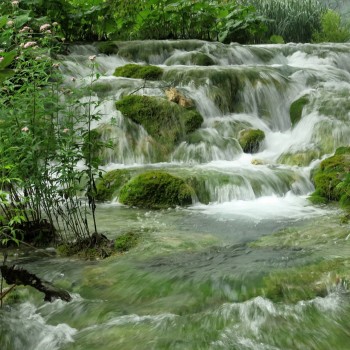
Plitvice Lakes
When to visit: May to September
When to visit: https://np-plitvicka-jezera.hr/en/
The stunning Plitvice Lakes are famous for their unique colors, including azure, green, blue, and gray. Located in the heart of Croatia, Plitvice Park is a favorite tourist destination for all Croatian tourists and locals who explore this beautiful country.
It encompasses steep forested hillsides surrounding 16 emerald-blue lakes connected by a succession of thundering cascades. Furthermore, the park is also a home for wild animals, including wolves and bears and owls, eagles, and falcons.

Dubrovnik- "Pearl of the Adriatic,"
When to visit: May to June or September to October
Known as Ragusa," Dubrovnik, Croatia's most enchanting tourist destination and a UNESCO World Heritage site, centers on the magnificent Old Town area, contained within sturdy medieval defensive walls.
Dubrovnik, the "Pearl of the Adriatic," is steeped in stunning architecture and sculptural detail and boasts spectacular churches, monasteries, museums, and fountains. A multitude of typical towns and excursions include The Elaphiti Islands, the attractive village of Cavtat, the Konavle valley, Mljet Island, Korčula Island, Ston, and Peljesac Peninsula.

Split
When to visit: May to June or September to October
When to visit: https://split.gg/unesco-sites-croatia/
The remarkable historic center of the old town of Split, Croatia's second-biggest city, was established within the ancient Roman walls of the massive Diocletian's Palace. The original walls, temples, squares, main streets, and monumental gates are still visible, and people live in antique houses.
The ancient Jupiter's Temple became St John's Church, and the two authentic Egyptian sphinxes brought by Diocletian to his palace are still standing. The whole area is a UNESCO World Heritage site and includes St Duje's Cathedral, built in 305 AD as Diocletian's mausoleum.

Hvar
When to visit: March to June / August to November
When to visit: https://tzjelsa.hr/en/4172/hvars-unesco-listings/
Hvar, the stunning island in the Adriatic Sea, is one of the most famous attractions in Croatia. Home for the many Unesco World Heritage Sites due to its cultural assets. Hvar Island, the beautiful beaches and clear water set in a panoramic natural bay, with the Pakleni island chain protecting it to the south, is a famous port for yachts sailing around the Adriatic, especially in the summer months.
Hvar Town is the most significant island settlement. Moreover, Olive groves, fruit orchards, and lavender fields make up a large part of the agricultural landscape. The rich cultural heritage, which includes the oldest public theatre in Europe, continues today with the Hvar Summer Festival.

Zagreb City Museum
When to visit: Between April and October
Founded by the Croatian Dragon Society Brethren in 1907, The Zagreb City Museum was once the Convent of the Poor Clares, offers a wide variety of the most treasured wonders of the country. Among many Zagreb museums, the Museum of the City of Zagreb has the advantage of being set in a monumental heritage building. offers a wide variety of the most treasured wonders of the country. Exhibits span from Roman artifacts to present-day treasures and provide an exciting overview of over two millennia of the city and its culture.

Rovinj
When to visit: Between June and September
When to visit: https://ich.unesco.org/en/BSP/community-project-of-safeguarding-the-living-culture-of-rovinj-rovigno-the-batana-ecomuseum-01098
Rovinj is one of the most scenic towns in the Mediterranean, located in northwest Croatia, on the Istrian peninsula. The area has been described as an “outstanding scenic wonder” due to the pristine beauty of the indented coastline and its forests. Rovinj comprises pastel-colored houses clustered together on steep winding streets.
Besides the nearby pebble beaches, the main tourist attraction is the Batana Eco-Museum on the seafront, which tells the story of the banana, a type of wooden boat used by local fishermen. Rovinj is still an active fishing port, and visitors can take a boat to the lovely offshore islands. Numerous top-rated hotels, up-market seafood restaurants, and art galleries to explore. The whole town of Rovinj is a great place to visit and fantastic to wonder.

Pula Arena
When to visit: May to October
The Roman amphitheater in Pula is the sixth largest surviving Roman arena and one of Croatia's best-preserved Roman monuments, located in Pula, Croatia. The Pula Arena was built around the 1st century AD and could seat over 26,000 spectators.
The arena was designed to host crowds and used primarily for entertainment such as gladiator fighting and jousting. Today it is a favored Croatia attraction and used to host a variety of festivals and performances during the summer months.

Korcula
When to visit: May to September
One of the most famous Islands in Croatia, the sixth largest island in Croatia, also called " Little Dubrovnik," is the ancient city of Korcula. It is one of the most visited towns on the Croatian coast and is known for its unique architecture.
Korcula's most significant and most beautiful building is the Cathedral of St. Marco, built in Gothic-Renaissance style and completed in the 15th century. It is said to be the birthplace of the renowned 13th-century explorer Marco Polo.

Mljet National Park
When to visit: In summer
Located on the island of Mljet in the south of Croatia, National park Mljet, one of the most breathtaking national parks in Croatia that shows picturesque views that will make your tour most unforgettable in the land of Croatia. It is a perfect place for those in search of a unique experience.
The National park occupies the surface of almost a third of the island. It is home to a vibrant flora and fauna, and an important cultural heritage as numerous archeological finds will delight all history lovers. The National Park has one of the best-preserved forests, home to many endemic plants and wildlife species protected by the law.

Diocletian's Palace
When to visit: May to October
When to visit: http://www.diocletianspalace.org/
Diocletian's Palace was built by Roman Emperor Diocletian, who retired here in AD 305. These ruins are some of the most valuable surviving buildings of the Roman era on the Adriatic coast. The rest of the old city is surrounded by white stone buildings of different periods and styles. The Palace was built from local limestone and white marble.
The Palace has a form of an irregular rectangle with numerous towers on the western, northern, and eastern facades. The southern façade has no buildings because it rose directly from the sea's waters. The design of the Palace is a mix of villa and castrum architecture. Diocletian's Palace is regarded as one of the most imposing Roman ruins, undoubtedly the main attraction of Split, Croatia.


